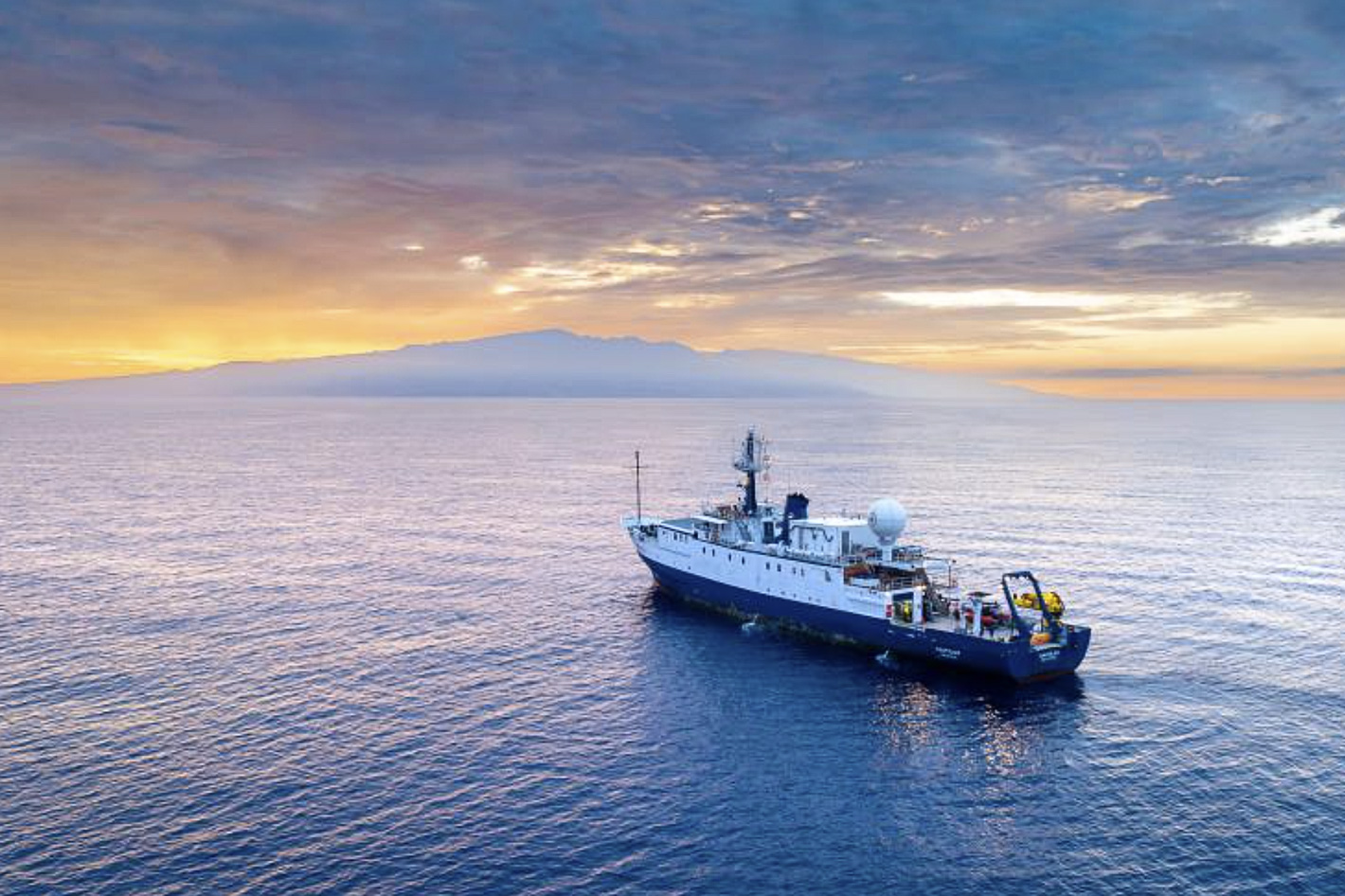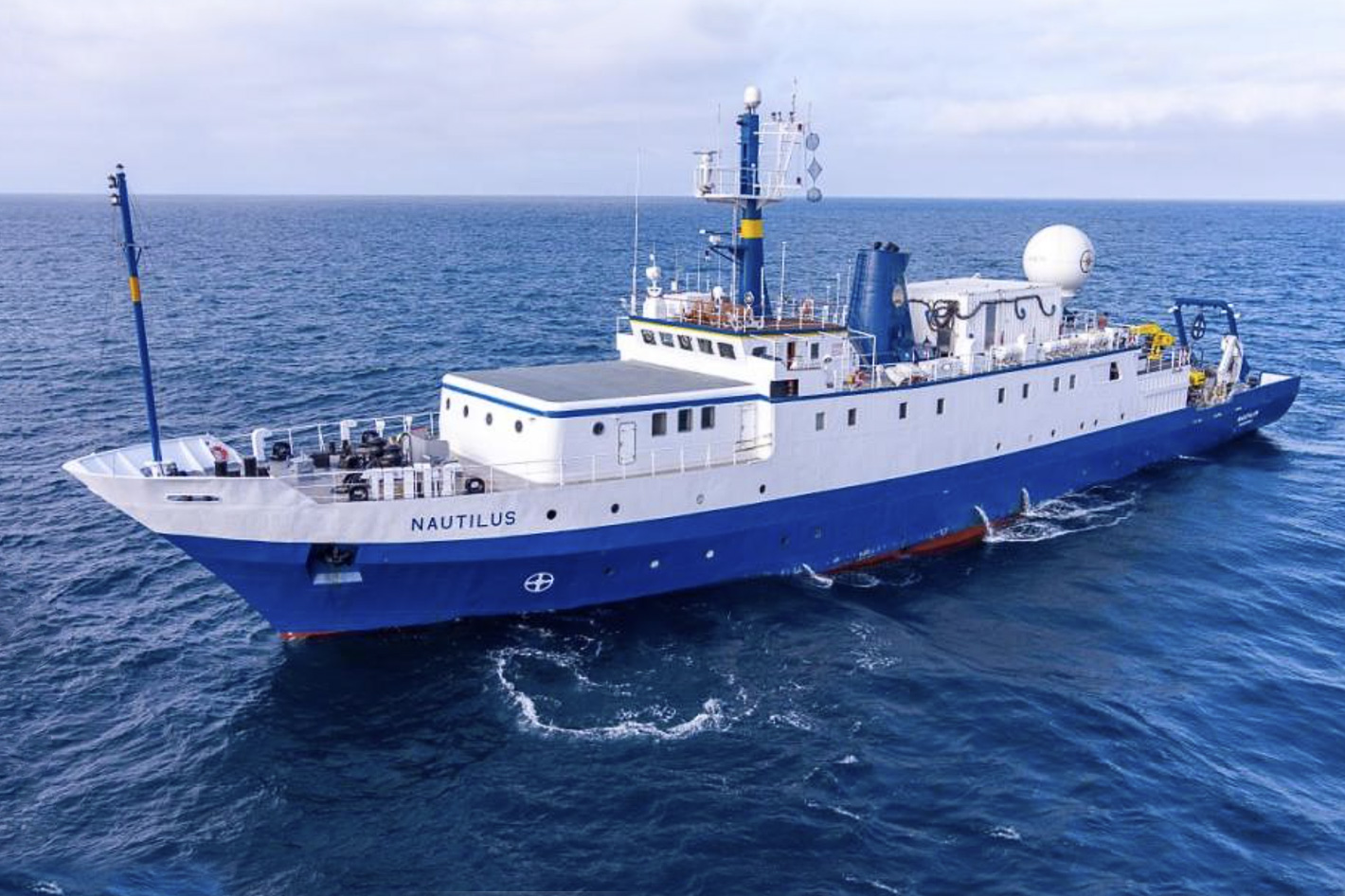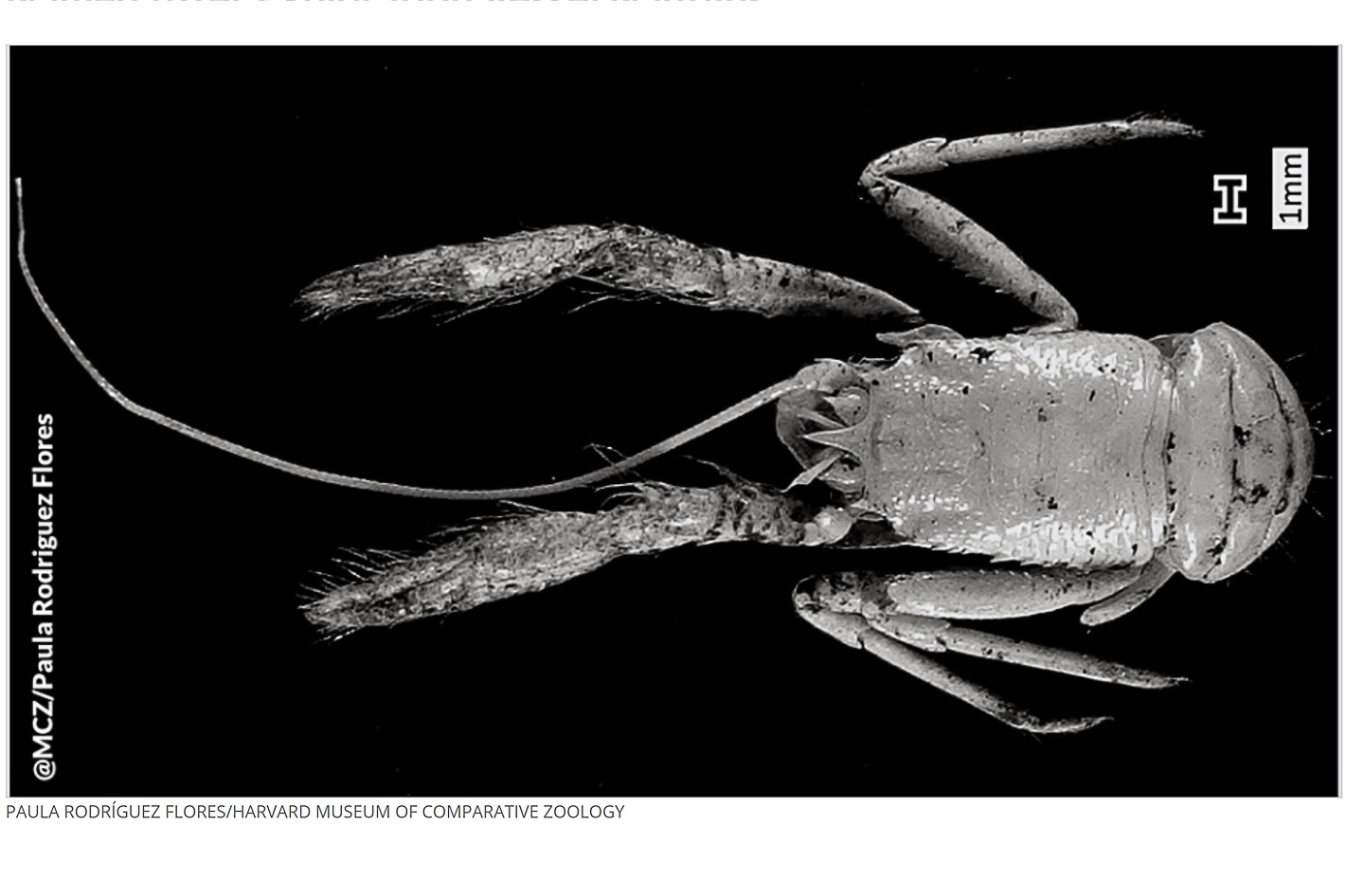Planned and executed around US government priorities to close knowledge gaps, the E/V Nautilus expeditions in 2022 discovered five new species of deep-sea squat lobster.
The photograph above, captured by Paula C. Rodríguez-Flores shows a new species of squat lobster, the Munidopsis nautilus, named in honor of OET Exploration Vessel (E/V) Nautilus, which collected the only known sample of this species. According to scientists this sample was collected from 2,600 meters deep on an expedition to Ecuador’s Galapagos Rift, a trip that resulted in the description of over 30 new species to date.
The discovery of new squat lobster species has led scientists to admit that “the deep sea invertebrates known as squat lobsters might be up for a brand new classification, thanks to research on samples housed at various museums, including some recently gathered by Ocean Exploration Trust (OET) and other ocean exploration organizations. Researchers in the Department of Organismic and Evolutionary Biology (OEB) at Harvard University have described five new species of squat lobsters from the Eastern Pacific.”
Already in 2015, while exploring off the California coast, the team of E/V Nautilus encountered several small squat lobsters feeding on free floating particles, detritus, and even each other. In 2022, E/V Nautilus successfully completed an 8-month field season consisting of 11 expeditions that explored the Central Pacific for a total of 202 days at sea.
Since the NOAA Ocean Exploration Program was authorized into US law by Congress in 2009, OET has been partnering closely with the NOAA Office of Exploration & Research as well as other government agencies, academic institutions, and the private sector to advance the field of deep-sea exploration and to engage the public and next generation.

From the surface to abyssal depths
E/V Nautilus began its 2022 season with a shakedown expedition in the Main Hawaiian Islands, and then conducted a series of expeditions focused on seafloor mapping and ROV explorations, testing and integrating emerging exploration technologies, and a brand-new partnership with the National Geographic Society focused on shallow-water surveys. Collectively, 2022 expeditions mapped over 162,000 km2 of seafloor, and surveyed a wide diversity of habitats and geological features ranging from coral reefs just a few meters below the surface to abyssal depths approaching 4,000 meters.
The information now made available notes that “E/V Nautilus expeditions in 2022 surveyed some of the remote areas in the US Pacific, as well as successfully integrated various emerging exploration technologies. Expeditions were planned and executed around US government priorities to close knowledge gaps. Mapping and ROV operations were all conducted in unexplored areas, thus contributing directly to the National Strategy for Mapping, Exploring, and Characterizing the United States Exclusive Economic Zone, Seabed 2030, and the UN Decade of Ocean Science for Sustainable Development.
"The successful integration of several autonomous vehicles onto E/V Nautilus demonstrated that using multiple robotic vehicles can be a powerful force multiplier in collecting ocean data.”
Some of the new technologies available make it easier to explore deep sea and discover species as the squat lobster.
“Squat lobster will continue to surprise us with the discovery of many new species,” says lead author of the new report Paula Rodríguez Flores, a postdoctoral researcher at the Harvard Museum of Comparative Zoology. “Despite being already a highly diverse group with more than a thousand species described, dozens of new species are being discovered yearly.”

Five new species of squat lobsters
Closely related to hermit crabs, squat lobsters are a group of crustaceans that use their claws to scavenge food in the sand and water column. While diving in the deep waters, OET often documents these crustaceans eating among rocks or atop deep sea corals capturing drifting food in the currents. According to scientists, the true diversity of squat lobsters is still poorly known since many species inhabit the largely unexplored deep sea. The recently published study used an analysis of morphological characteristics and DNA to describe five new species of squat lobsters and expand the known geographic distribution of several previously known species.
“Besides exploring previously unsurveyed places, one of the unique things that global programs like ourselves contribute is a way to see how different geographies are connected,” says OET Chief Scientist Daniel Wagner. “Early deep sea research indicated that every location is unique, but as we explore more areas, we are also beginning to see how many of these remote locations are connected. Close collaborations with many different partners are absolutely critical for work across such wide geographies.”
The new study that reveals the Munidopsis nautilus and the other species now discovered used squat lobster samples collected during expeditions by many different programs, including nine separate OET expeditions that explored previously unsurveyed deep-sea habitats off the Galapagos (NA063), California (NA066, NA067, NA074, NA075, NA117, NA123, NA124), and Mexico’s Revillagigedo Archipelago (NA092). These expeditions were supported by the NOAA Office of Ocean Exploration, the NOAA Office of National Marine Sanctuaries, the National Geographic Society, and the Massachusetts Institute of Technology.
So little is known about the deep sea that new discoveries are common. One of OET's goals is to provide a rich foundation of publicly-available data to allow follow-up research. To this end, data and samples collected on E/V Nautilus missions are deposited in publicly-available repositories. Since 2013, OET has partnered with the Museum of Comparative Zoology at Harvard University to archive and curate biological samples from E/V Nautilus expeditions and make these available to researchers worldwide.







